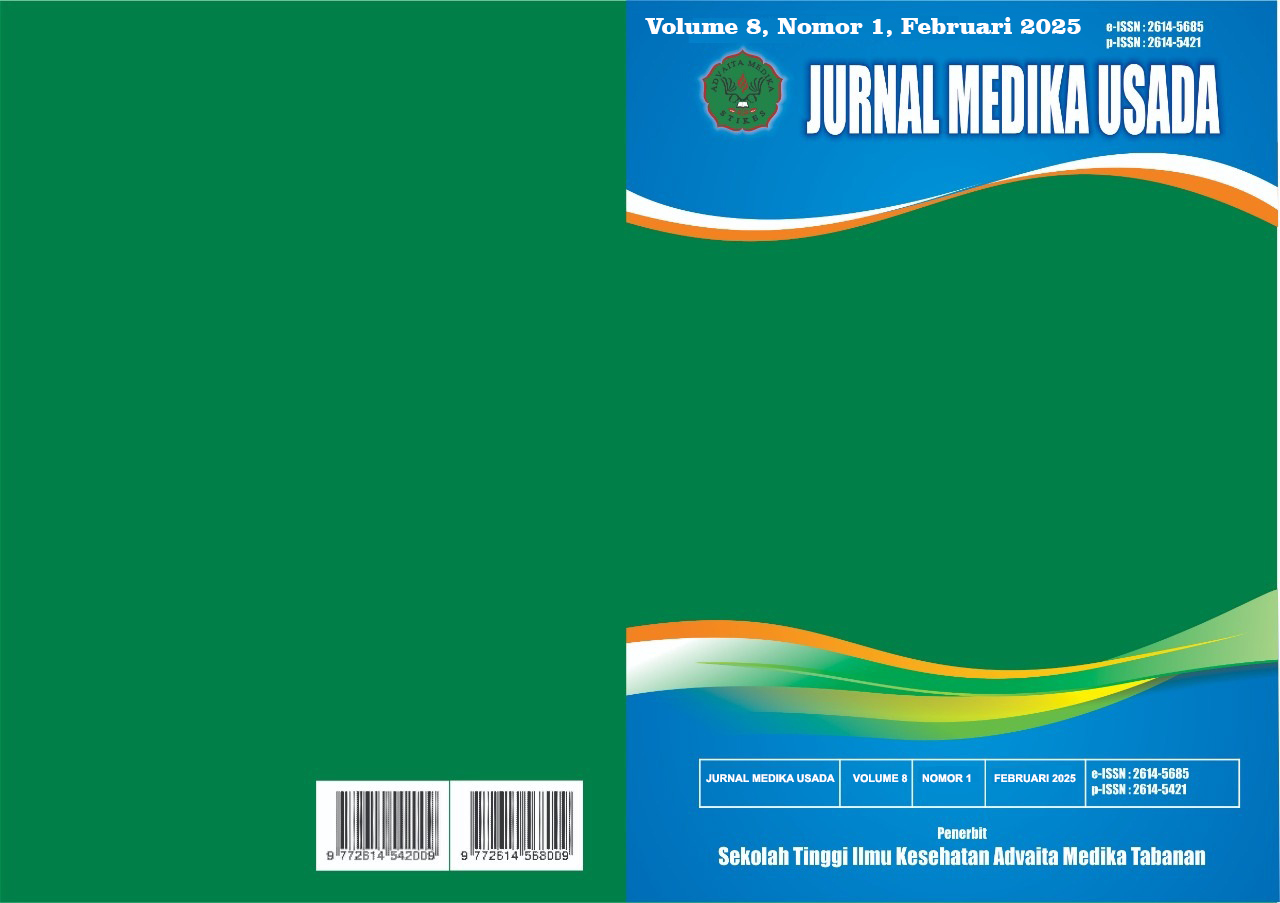The Effect of Pronated Positioning on Increasing Oxygen Saturation in Neonates with Respiratory Distress in the NICU Room at RSUD Temanggung
DOI:
https://doi.org/10.54107/medikausada.v8i1.389Keywords:
Prone position, Oxygen Saturation, Distress Respiratory SyndromeAbstract
Abstract
Background: respiratory distress is a condition in which a baby experiences a lack of surfactant in the alveoli, leading to breathing difficulities, decreased oxygen saturation due to the immaturity of organ systems caused by insufficient gestasional age. The non-pharmacological technique that can be used to improve oxygen saturation is the prone position.
Research method: This research method used in this intervention is a case report with an intervention approach. This research was conducted in the NICU unit of Temanggung Regional Hospital, the research carried out on 26-30 December 2024. The research participants were neonate patient with diagnosis distress respiration. Oxygen saturation was measured before and after the prone position was applied.
Result: After being given prone position intervention within 2 hours for five days, there was an increase in oxygen saturation, on the first day from 89% to 90% and on the fifth day there was an increase from 99% to 100%.
Conclusion: intervention of prone position is an effective on improving oxygen saturation in neonates with respiratory distress syndrome and it is quite easy to do because it does not require special skills and can be done at any time.






